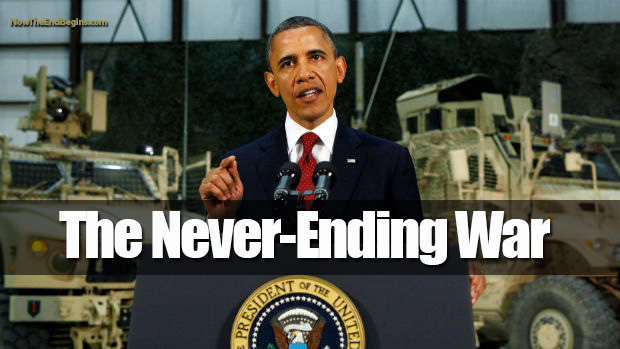US-China Trade War: Where Should Taiwan Stand?
To explore the root causes of the China-U.S. trade war, we must start with the trajectory of China's economic development, as well as the transformations of the United States’, China’s and Taiwan’s roles in the international economic system. Only then can we understand their possible impact and how we can choose the most favorable position to take. We must also first understand the characteristics of China's economic rise, which are cheap labor, policy subsidies, tax incentives and foreign (especially Taiwanese) wealth and technology, taking 30 years to achieve its status as the world’s factory. However, China is apparently no longer satisfied with its role as a pure producer, instead becoming a subcontractor for others, an independent brand-name and technology industry as it steps into the world market. Indeed, China has a population of 1.3 billion, which is a built-in advantage for developing its trademark, but its per capita income has not reached that of developed countries, so it develops fake and white-label products and is still unable to compete with top companies. Chinese companies will need to turn back, climb back up with light steps, and settle for low wages and government subsidies to fight an uphill trade war, not only causing other countries to lose business, but also catalyzing a global trade dispute.
These trade conflicts between China and the U.S. are particularly intense. Especially since President Barack Obama took office, they have stimulated the American economic road, enticing manufacturers to flow back, creating a U.S. manufacturing renaissance. If we sit and watch cheap Chinese goods pour into the U.S., though, not only will the manufacturing renaissance be hopeless, but American products will surrender their position in the global market to China, American unemployment will be unavoidable, and its economy will lose its manufacturing engine. Then America will resort to Wall Street’s financial alchemy for an illusion of prosperity. This is nothing Obama would like to see, so China-U.S. economic conflicts are constantly digging deeper. Recently, the United States has set anti-dumping and anti-subsidy tariffs on China, and China also frequently investigates American technology industries, including Apple, Qualcomm, Microsoft and others of the “eight guardian warriors,” for antitrust and public media attacks. This is an obvious sign of intense trade conflict.
Taiwan has a large stake in this trade war. In the past, the U.S. was a brand name store and consumer, China was a producer, and Taiwan played an intermediary role, taking American factory orders and producing them in China. This structure had worked smoothly for a long time, but things have changed in recent years. China not only wants to develop brands, but also manage its own supply chain; although American manufacturers are rivals with Chinese brands, they also increase the number of direct purchases in the Chinese supply chain. In other words, Taiwanese businesses have been quickly marginalized in this change in structure. Moreover, U.S. taxes on Taiwan’s solar industry are nothing like their heavy taxes on Chinese manufacturers, making a scapegoat out of Taiwanese businesses and putting them in an awkward position. This development trend shows that U.S.-China and Taiwan-China economic and trade relations have experienced the same qualitative changes, and that the current degree of U.S-China competition is far from returning to cooperation. It is therefore impossible for Taiwan to please both sides; it must make a choice before its solar industry is squeezed between the two.
In all fairness, looking at the current international economic situation, it is in Taiwan’s best interests to stand with the United States. What is troubling is that the Ma administration made another choice — to connect closely with China, flagrantly promoting service trade, goods trade and free economic pilot zones to tie the Taiwanese economy to China. Heritage Foundation Senior Research Fellow William T. Wilson recently pointed out that 40 percent of Taiwan's exports are sent to China; there is no other Asian country as dependent on China as Taiwan. Taiwan must seek other countries with whom to sign the FTA, adjust its economic structure and expand its domestic demands. Wilson's words have even more profound meaning when comparing the on-and-off economic and trade relations between the U.S., China and Taiwan. In sum, to revive its economy, besides standing aside, Taiwan must free itself of China’s influence and plant its own manufacturing roots.

